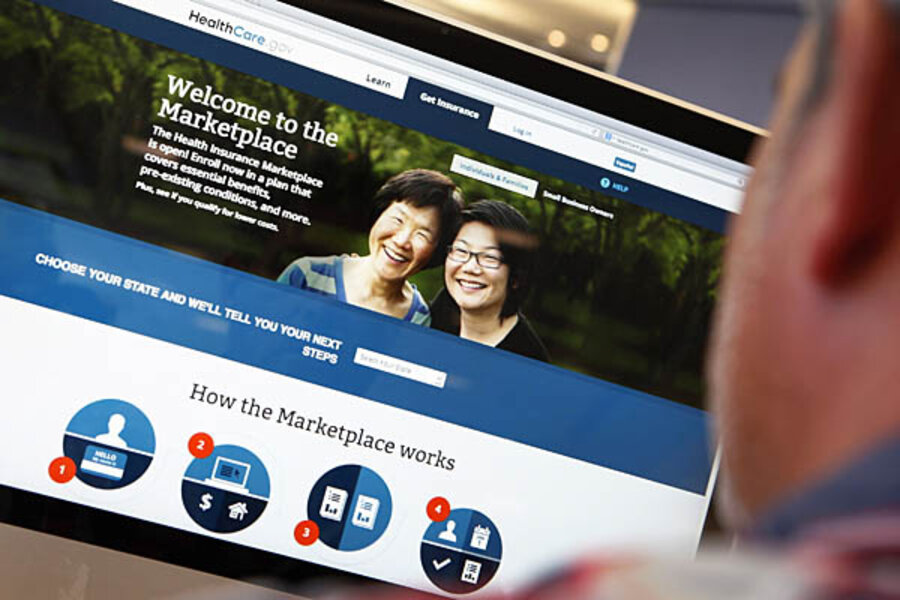Opting out of Obamacare? How to calculate your tax penalty.
Loading...
The deadline is looming: If you don’t have approved insurance coverage by March 31 (and are not exempt from the requirement), the Affordable Care Act will hit you with a penalty on your 2014 income tax return. It is often said the tax is $95, but for many people it will be much more. A new calculator from the Tax Policy Center shows just how big it could be.
For a single person who makes enough in 2014 to file a 1040, the penalty can be as little as $95 or as much as $3,600, depending on income. For families, the penalty is much larger: A couple with two children could owe between $285 and $11,000.
My TaxVox post last November explained what determines the penalty. For low-income households, it’s a fixed dollar amount: $95 per adult plus $47.50 per child, up to a total of $285. Higher-income families will owe 1 percent of their income (net of specified deductions), up to the average national cost of getting basic (bronze level) insurance coverage for all family members. According to the Urban Institute’s Health Policy Center, that coverage will cost about $3,600 per adult plus $1,900 per child in 2014.
The penalty will be higher in subsequent years—2 percent of income with a minimum of $325 in 2015 and 2.5 percent of income but at least $695 in 2016 (again with a cap equal to the average premium for bronze plans in each year).
Take the calculator out for a spin and see how big the penalty can be. But be warned: It’s almost always more than that widely-cited $95.
And after you’ve checked out TPC’s calculator to see what people will pay if they don’t enroll, you can use the Kaiser Family Foundation’s subsidy calculator to find out how big a subsidy they’d get if they do sign up for a plan.







